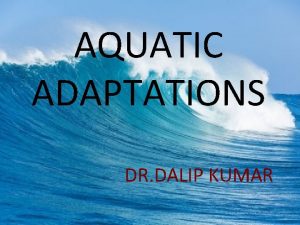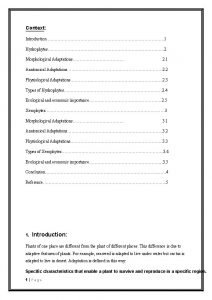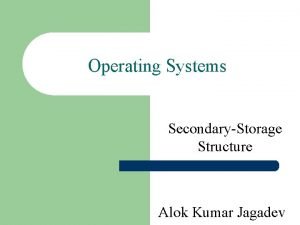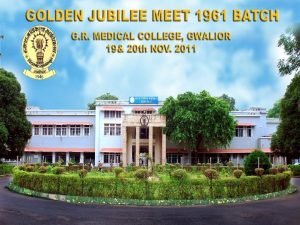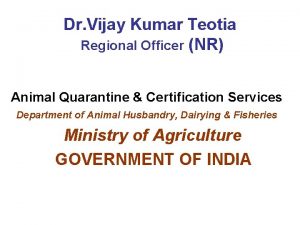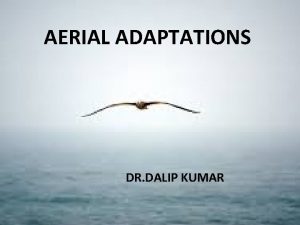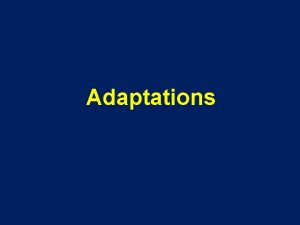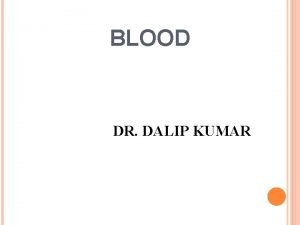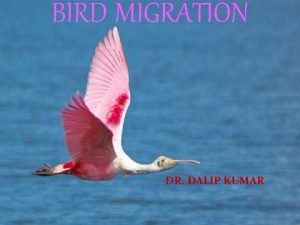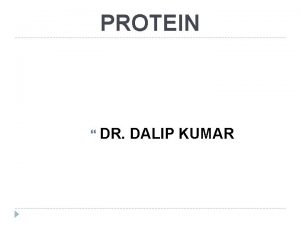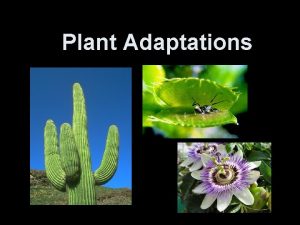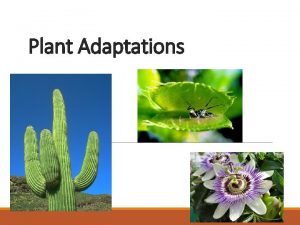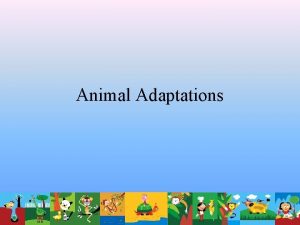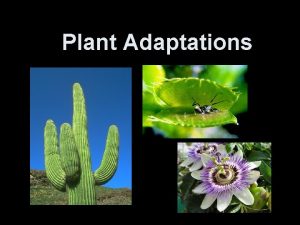AQUATIC ADAPTATIONS DR DALIP KUMAR AQUATIC ADATATIONS q














- Slides: 14

AQUATIC ADAPTATIONS DR. DALIP KUMAR

AQUATIC ADATATIONS q Primary Aquatic Adaptations q. Secondary Aquatic Adaptations

Primary Aquatic Adaptations q Streamlined Body q Lateral line for equilibrium q Nicitating membrane is presrent in eyes for clear vision in water q Presence of swim bladder in bony fishes serve as accessory respiratory organ as well as hydrostatic organ q Anal fin helps to stabalize the fish while swimming q Absence of pinna q Presence of scales


Secondary Aquatic Adaptations Ø WHALE : q. Flippers help to navigate and steer q. Flukes used for propulsion q. Small eyes and secrete oil used to protect eyes from debris q. Presence of blowhole which act as a airway passage for breathing q. Dorsal fin maintains equilibrium q. Presence of baleen

WHALE

Blowhole

Secondary Aquatic Adaptations ØTURTLE : q. Presence flippers instead of feet q. Front flippers help to generate thrust and back flippers used for steering q. Respiration by special organ, in cloaca finger like projections are present called papillae which increases the surface area so that turtle can take up oxygenated water through it


Secondary Aquatic Adaptations ØDUCK (WEBBED FEET ) • Webbed feet helps to swim faster and act as paddle • Waterproof feathers • Light weight skeleton • Stiff flexible feathers on the tip of their wings so they can easily push the air back creating thrust • Strong beak to gather and hold food • Presence of preen glands used for oiling



Secondary Aquatic Adaptations Ø DUCK BILLED PLATYPUS q. Tail is made up of fatty tissue that is used to store energy q. Tail helps in insulation also q. Tail is used for steering while swimming q. Streamlined and dorso-ventrally compressed body q. Rubbery snout q. Nostrils are located on the dorsal surface of the snout

